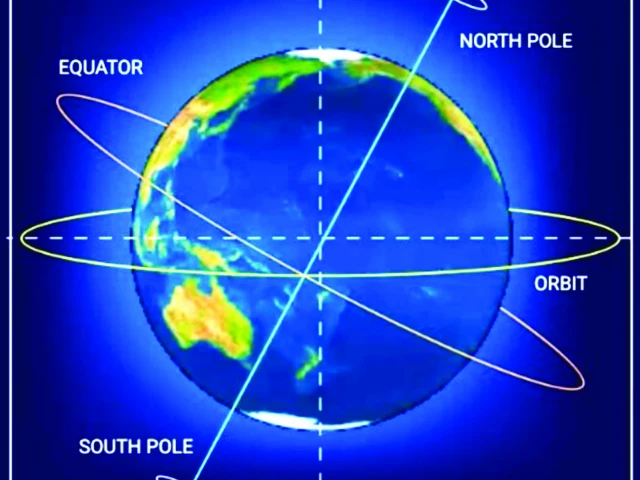SHANGHAI, Jan. 9 (Xinhua) — A team of Chinese and international scientists has uncovered the precise mechanism behind one of nature’s most vital alliances: the partnership between legume plants and nitrogen-fixing bacteria. This finding has…
Category: 7. Science
-

A white dwarf’s cosmic feeding frenzy revealed by NASA
Scientists have, for the first time, used NASA’s IXPE (Imaging X-ray Polarization Explorer) to investigate a white dwarf star. The mission’s ability to measure the polarization of X-rays allowed astronomers to closely examine EX Hydrae, a type of…
Continue Reading
-

Animals have evolved into crabs five separate times in history
A crab-like body has evolved at least five separate times in ten-legged crustaceans, and scientists keep finding the same pattern.
Researchers in Germany compared crab-shaped groups with their relatives, looking for clues about why evolution…
Continue Reading
-

Astronaut’s ‘serious medical condition’ forces Nasa to end space station mission early
Nasa has said it will return a four-person crew aboard the International Space Station (ISS), cutting short their mission a month early because of a “serious medical condition” affecting one of the astronauts.
The agency did not disclose the name…
Continue Reading
-
The Remarkable Anti-Tail Jet of 3I/ATLAS in New Hubble Images from January 7th, 2026 – Avi Loeb – Medium
- The Remarkable Anti-Tail Jet of 3I/ATLAS in New Hubble Images from January 7th, 2026 Avi Loeb – Medium
- If 3I/ATLAS is a Comet, Why Would the CIA “Neither Deny, Nor Confirm” the Existence of Records on… Avi Loeb – Medium
- Using…
Continue Reading
-
Schmidt Sciences funds orbiting observatory larger than Hubble telescope – R&D World
- Schmidt Sciences funds orbiting observatory larger than Hubble telescope R&D World
- Former Google CEO plans to singlehandedly fund a Hubble telescope replacement Ars Technica
- Google’s Ex-CEO Backs Start-Up Approach to Big Telescopes for Space…
Continue Reading
-

1/8/2026: Heat makes rivers’ microscopic cleaners falter
Parts of the San Saba River in Texas, USA, have experienced water temperatures up to 45.2°C (113.3°F). Riverbed microbes exposed to temperatures recorded there grew less active the hotter it got, indicating that climate change may make it…
Continue Reading
-

Nasa postpones spacewalk due to medical issue with astronaut | Nasa
Nasa is cutting short a mission aboard the International Space Station after an astronaut had a medical issue.
The space agency said Thursday the US-Japanese-Russian crew of four will return to Earth in the coming days, earlier than planned.
Nasa…
Continue Reading
-

Through Interdisciplinary Work, Advanced Imaging Reveals Hidden Thermoelectric Structure | News
A large portion of the energy produced worldwide dissipates as waste heat from industrial furnaces, vehicle exhaust systems, power plants, and even everyday electronics before reaching its intended use.
Thermoelectric materials offer a way to…
Continue Reading
